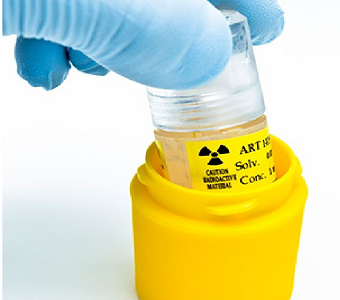After the bell on Friday evening, AcelRx (ACRX) reported that the FDA has issued a Complete Response Letter (CRL) to the company’s new drug application for Zalviso (sufentanil sublingual tablet system). Though details are sparse (AcelRx will host a conference call with investors on Monday morning) it seems the CRL centered primarily on issues with the delivery system and user-interaction.
As outlined in our previous coverage of ACRX, software/device unknowns were the biggest risk to Zalviso’s approval. Zalviso had been well-received in clinical trials to date, with unanimously positive outcomes through the program. Nevertheless, visibility for investors into issues that might hamper approval (user-interface, human factors, etc) was quite limited.
Our biggest mistake, perhaps, was not putting enough weight into 1) the higher inherent risk in a dual-component NDA (drug & device); 2) high turnover at the executive level (3 departures) in the months leading up the approval decision; and 3) giving too much credit to the Grunenthal partnership. In hindsight, giving the company the benefit of the doubt, despite a few warning signals, was the wrong move regarding this binary event.
Ultimately, the issues raised in the CRL are not show-stoppers and are addressable; we continue to see Zalviso as an approvable device, though the stock is likely dead money for the remainder of 2014. More information on Monday’s conference call and following a meeting with the FDA in the next few months will offer better insight into the pre-approval requirements and timelines for Zalviso.
The FDA’s requests included:
- Bench data demonstrating a reduction in the incidence of optical system errors that required premature drug cartridge change.
- Changes to the Instructions for Use for the device
- Additional data to support the shelf life of the product.
AcelRx believes that some of these requests have already been addressed in amendments to the NDA that were submitted prior to the CRL, but that the FDA had not yet reviewed. The company anticipates additional bench and human factors testing to address some items in the CRL.
Importantly, there were no requests (so far) to conduct additional human studies. AcelRx expects to be able to resubmit the NDA by the end of 2014, which would put the company’s next PDUFA date around mid-2015, assuming a Class 2 resubmission.
Where does ACRX trade on the rejection?
Watch for ACRX to trade to the $6.00-range on this outcome. ACRX has traded above $6 since reporting positive top-line results from the last of its three phase 3 Zalviso trials in May of 2013. The stock’s 52-week low stands at $6.04, which may provide additional support. We would not rush into buying ACRX unless the stock dips meaningfully below $6, which would essentially discount the positive phase 3 program.
AcelRx ended the first quarter with $92.9 million in cash and received $10 & $5 million in June and July, respectively, between pulling down the 2nd tranche of its Hercules loan agreement and a milestone payment from Grunenthal. We estimate cash use of approximately $10 million in the second quarter, putting its balance at around $97 million at the end of June.
On a fully diluted basis, ACRX has around $1.95 per share in cash and enough to get into late-2015. Approval in the EU is good for another $15 million from Grunenthal, but a financing from AcelRx is most likely on the horizon in late -14 or early -15.
Updated
On Monday’s conference call, AcelRx remained optimistic that bench/human factor testing would be adequate for resubmission following modifications to the device and optical system. The company confirmed a little over $90 million in cash at the end of 2Q, and expectations for a resubmission before the end of the year.
Management is optimistic about a Class 1 resubmission (thus a 2-month review) because no new clinical trials have been requested to date. But until the company meets with FDA and confirms that bench testing of the modified device are adequate, we would not count on another PDUFA decision before mid-2015. The fact that Zalviso is a drug/device combo makes gauging resubmission categorization that much more difficult.
The biggest risk for ACRX is FDA requesting new clinical testing with the modified device, which would take time and additional resources. Again, an End-of-Review meeting will provide clarity in the next few months.




